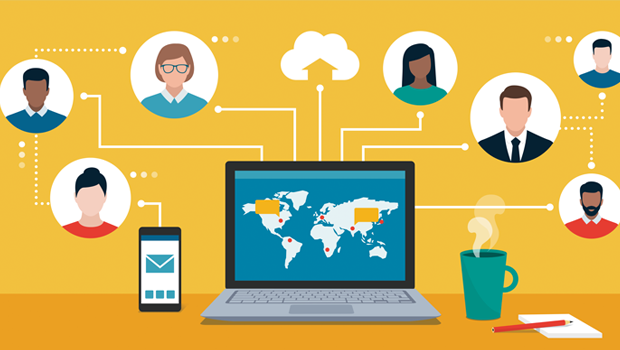The Science Behind Peak Athlete Performance
Athletes today are faster, stronger, and more consistent than ever before. But behind every record-breaking performance lies not just talent — but science.

Nutrition as a Foundation
Gone are the days when training alone built champions. Today, personalized nutrition plans, DNA testing, and micro-nutrient monitoring help athletes fuel with precision. Every calorie is calculated to match performance goals.
Data-Driven Training
Wearable devices track heart rate, oxygen levels, muscle recovery, and even sleep cycles. Coaches now rely on real-time analytics to fine-tune training sessions and prevent injury before it happens.
Psychology of Winning
Sports psychology is no longer optional. Visualization techniques, meditation, and resilience training help athletes handle high-pressure moments. Confidence is treated as a skill, trained just like strength.
Beyond the Field
The same science behind elite athletes is slowly reaching everyday fitness enthusiasts. From smart gyms to AI-driven workout apps, the gap between professional and personal performance is narrowing.
Peak performance is no longer a mystery — it’s measurable, manageable, and increasingly accessible.









